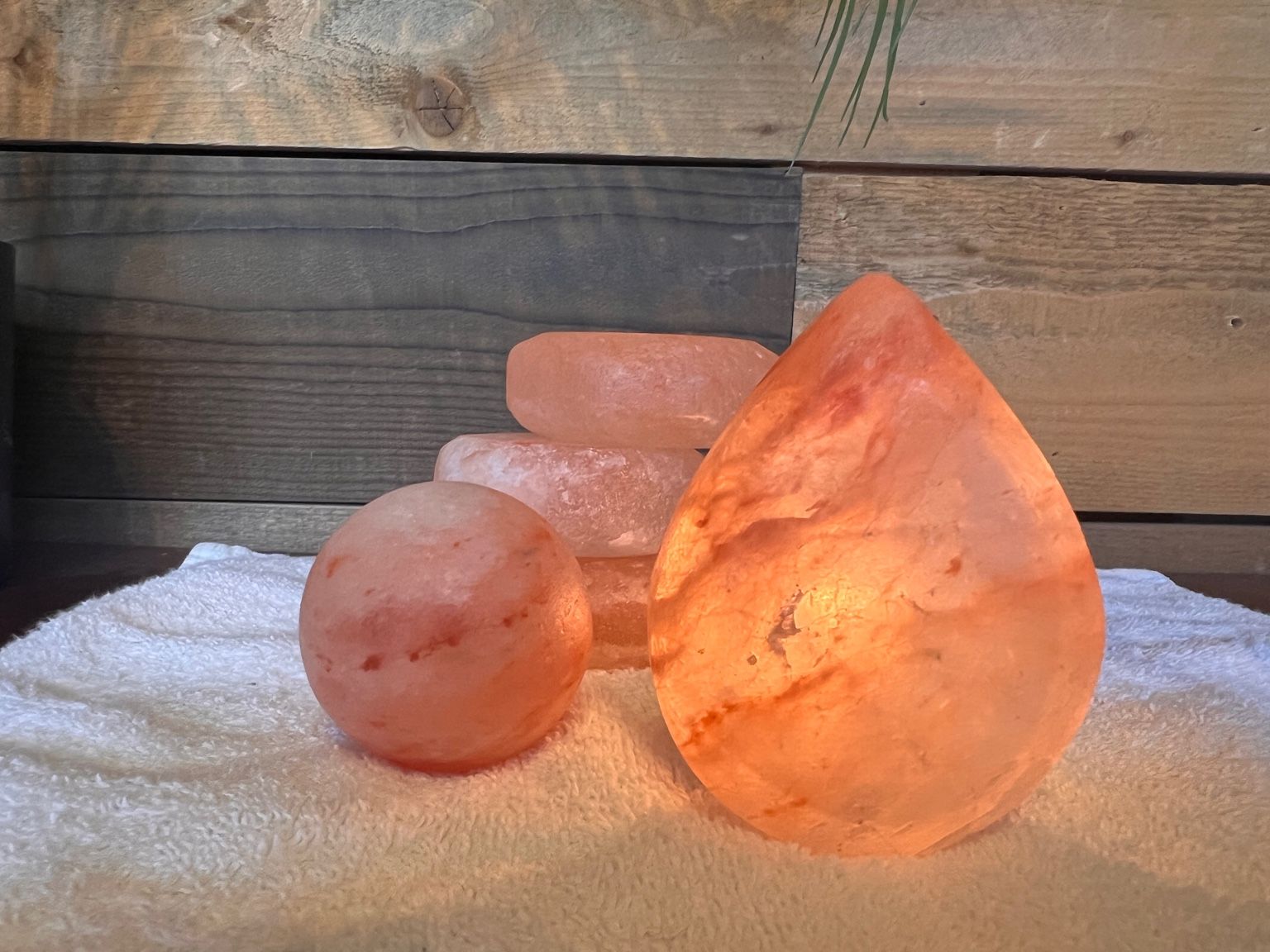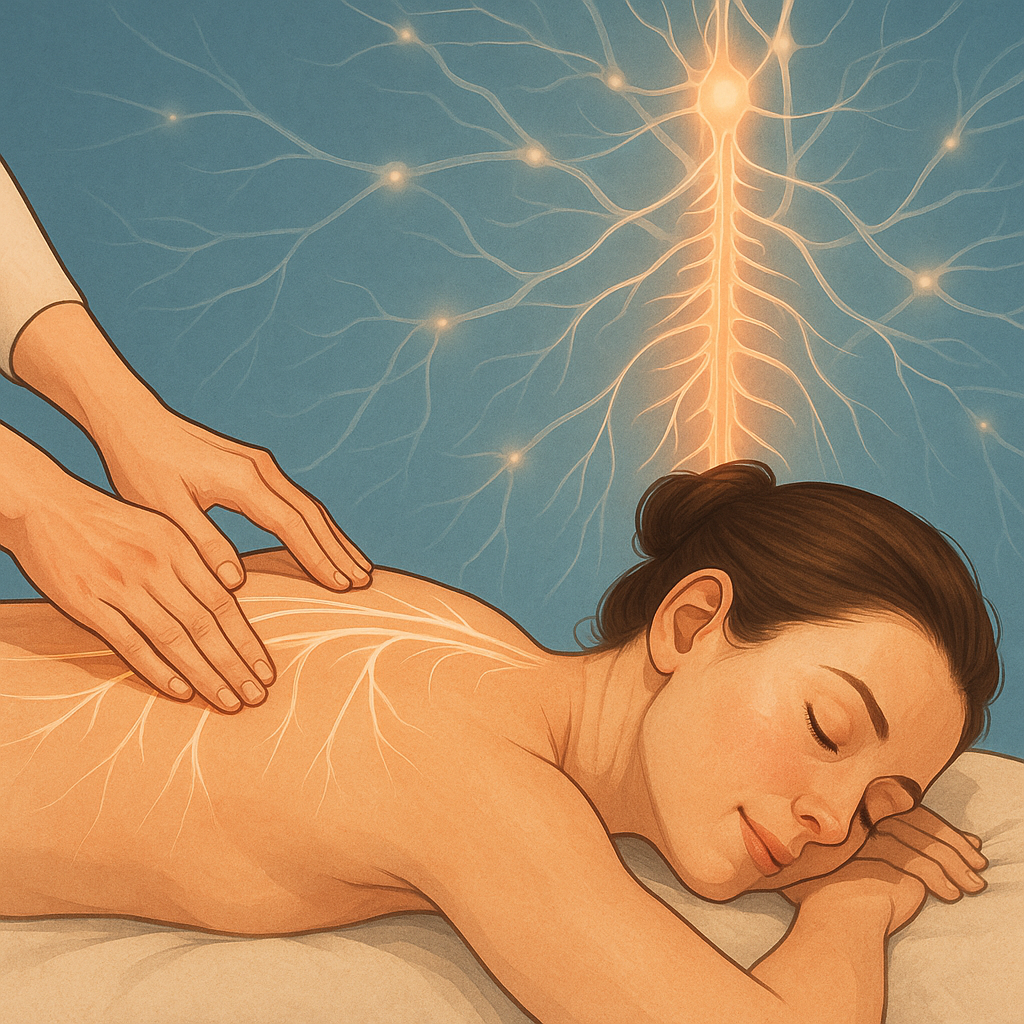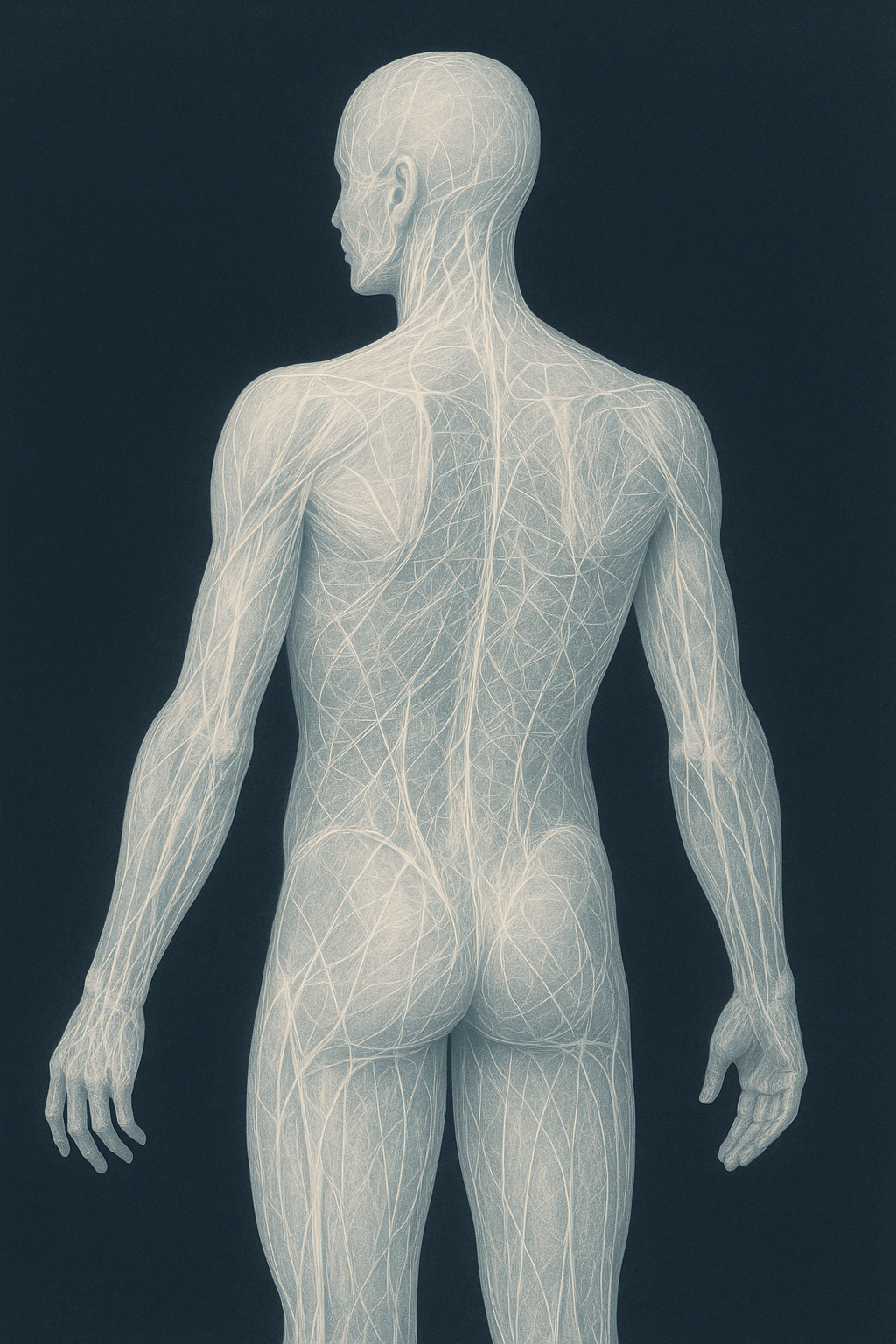Are You Breathing Efficiently? Why Diaphragmatic Breathing Matters More Than You Think
Proper breathing increases oxygen flow, supports relaxation, and helps your body function at its best.
Breathing isn’t something we talk about often — it’s just something we do naturally, right? While that’s true, there’s actually a more efficient way to breathe — one that allows your body to take in much more oxygen and function at its best.
We’re all born knowing how to fully engage the diaphragm to take deep, rejuvenating breaths. This is called diaphragmatic or belly breathing. But as we grow older and experience pain, fear, and stress, we often lose the habit. Instead, we start
breathing shallowly, using only the muscles of the upper chest.
This shallow breathing pattern contributes to fatigue, stress, and tension — things I see in many clients every day.
When we breathe using the diaphragm, we draw air deep into the lungs, where most of our oxygen receptors (alveoli) are located. Only when the diaphragm is fully engaged does air reach this area. Shallow “chest breathing” limits oxygen exchange, forcing the few receptors at the top of the lungs to supply nourishment and remove waste for the entire body.
Why Your Breath Matters
Beyond delivering oxygen, the breath plays several vital roles in supporting your health:
- Warms and humidifies the air to match your body’s needs.
- Delivers oxygen to every cell in your body.
- Removes waste, toxins, and carbon dioxide as you exhale.
- Protects your airways from irritants and harmful substances.
Your Breath Is in Your Control
The most empowering part of diaphragmatic breathing is that you’re in full control of it.
No one can take it from you — it’s been within you all along.
The next time you find yourself feeling tense or tired, take a moment to notice your breath. You might be surprised how much lighter your body feels after a few deeper, slower breaths.
By reconnecting with your natural breath, you’re giving yourself one of the greatest gifts: a simple, powerful way to support your body every single day.
Cited Research
American Lung Association. (n.d.). How the lungs work.
Johns Hopkins Medicine. (n.d.). The diaphragm and its role in breathing.
Cleveland Clinic. (n.d.). Diaphragmatic breathing: What it is and how to do it.
Harvard Health Publishing. (2020). Relaxation techniques: Breath control helps quell errant stress response.
Frontiers in Human Neuroscience. (2021). Effects of diaphragmatic breathing on attention, negative affect, and stress.
Journal of Applied Physiology. (2015). Respiratory muscle function and control of breathing.
American Thoracic Society. (n.d.). How your airways work.









